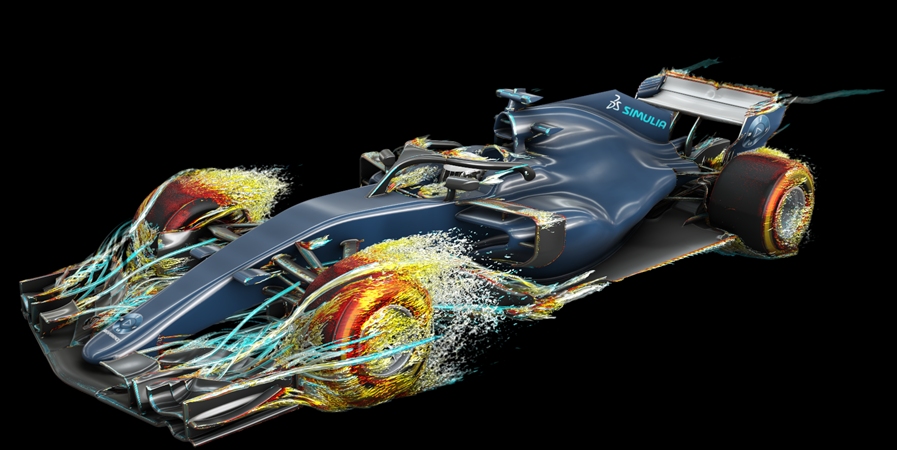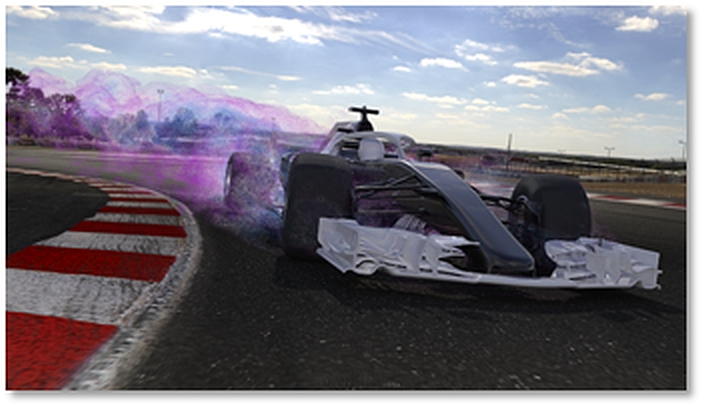
Race car design involves many complexities that require a team of experts working together to achieve the ultimate goal of winning races. The design of a race car involves managing various intricate aspects, including chassis, engine, suspension or bodywork, with the clear target of maximizing the car’s performance. The most stressful part of the job is ensuring that the performance targets are met within the time frame while also guaranteeing the driver’s safety. It is crucial to remember that any design decisions made on the virtual model should not pose a risk to the driver once the car hits the track.
Understanding race car regulations is a crucial initial step in the design and development process. One of the key areas in this process is aerodynamics, as it is not only one of the most important performance factors, but it also has multiple secondary impacts like engine or brake cooling, driver comfort, etc., which is why it is often the target of very tight and detailed technical regulations. These regulations play a vital role when defining the targets for both performance and safety and ultimately influence the entire development process, directing the focus and resources toward meeting these criteria. It’s a passion-driven journey that requires relentless dedication and precision engineering, culminating in pursuing victory on the racetrack.
Simulation has revolutionized the way race cars are designed. Traditionally, physical testing was relied upon, requiring a car, test parts, track and driver availability to evaluate performance. It is time-consuming, with manufacturers investing generally six to twelve months before hitting the track with the first car. However, with simulation, all these processes can be conducted virtually with a virtual 3DEXPERIENCE twin of the car. Using driver-in-the-loop simulators has opened new avenues for development, allowing for assessing the impact of modifications on any track worldwide. This has enabled deeper integration into the design process and minimized the time needed to design the race car.

Complex models now take into account a multitude of details that were previously unconsidered. Aerodynamics plays a central role, impacting critical components such as engine cooling, brake cooling and driver comfort. The complexity of computational fluid dynamics (CFD) models has significantly increased over the years, allowing for the consideration of a multitude of previously unattainable details. In the past, physical testing on tracks with actual cars and parts was the norm, but simulation has transformed this process. For instance, aerodynamic simulations have become 1000 times larger and are solved in a matter of hours rather than days or weeks.
Simulation has truly transformed the design process, allowing for the efficient use of time before the first race to find the maximum performance and ensure the driver’s safety. With simulation, the performance of a race car is directly linked to the efficiency of the design process, making it an indispensable tool in modern race car design, which is shaped by a meticulous understanding of regulations and set the targets for performance and safety. The process involves various intricate aspects, including aerodynamics, chassis design, engine design and suspension, all optimized to enhance the car’s performance. Winning races is the ultimate goal and the most rewarding aspect of the job, as it is the culmination of the hard work put into designing and developing race cars.

Interested in the latest in simulation? Looking for advice and best practices? Want to discuss simulation with fellow users and Dassault Systèmes experts? The SIMULIA Community is the place to find the latest resources for SIMULIA software and to collaborate with other users. The key that unlocks the door of innovative thinking and knowledge building, the SIMULIA Community provides you with the tools you need to expand your knowledge, whenever and wherever.

